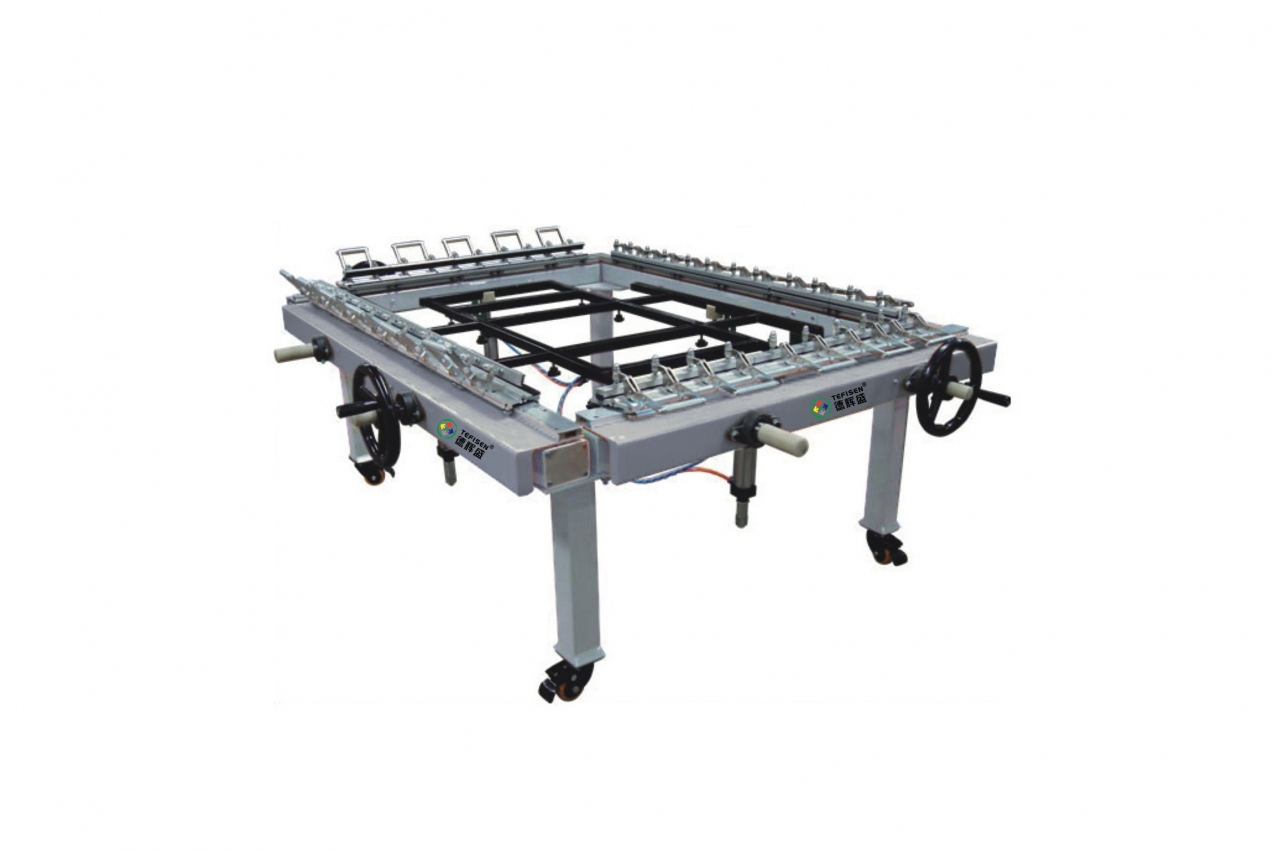TFS-SM1200 Pneumatic Screen Stretching Machine
Detailed Introduction
Tefisen TFS-SM1200 Pneumatic Screen Stretching Machine Product Features:
Made of high-quality aluminum alloy, it boasts excellent glossiness, durability, and resistance to high temperatures and corrosion.
The clamps can be adjusted left and right to ensure more uniform tension.
The clamps feature a brand-new self-locking structure, preventing the mesh from slipping or loosening even under high tension.
Operation Guide and Precautions for Tefisen TFS-SM1200 Pneumatic Screen Stretching Machine
I. Preparation and Adjustment
Area Adjustment: Adjust the effective working area of the screen stretching machine based on the actual size of the screen frame and ensure that the movable casters are locked in the appropriate position.
Screen Frame Placement: Select a support frame that matches the size of the screen frame and place it securely on the screen stretching machine.
Preset Frame Gap: Adjust the handwheel to preset the gap between the tips of the screen frame to 5-6mm to ensure uniform force on the mesh during the stretching process.
II. Screen Stretching Process
Mesh Flattening and Fixation: Place the mesh flat on the screen frame and firmly secure the four sides of the mesh with special clamps.
Gradual Tensioning: Gradually rotate the handwheel on the frame to tension the mesh. Ensure uniform tension distribution and avoid stretching to the maximum tension in one go. Instead, tension the mesh gradually in multiple steps.
Tension Control: Adjust the tension to an appropriate level based on the mesh count and texture. Use a tension meter for inspection to ensure uniform and standard tension.
Time Interval: After each tension increase, allow the mesh some time to adapt and stabilize. For example, after increasing the tension by 10n, wait for 5 minutes before proceeding to the next operation.
III. Combination of Screen Frame and Mesh
Frame Rising: Operate the handwheel to slowly raise the screen frame, ensuring uniform contact between the frame and the mesh.
Glue Application: Apply special rattan yellow glue to the contact points between the screen frame and the mesh. Wait for the glue to dry completely before removing the frame and mesh together.
IV. The End
Handwheel Reset: Operate the reversing valve to return the handwheel to its initial position, ensuring the machine's safety.
Power Off: After completing all operations, turn off the power of the screen stretching machine to ensure equipment safety.
V. Part Explanations
Handwheel: The main component for controlling the tension and relaxation of the mesh. Rotate left to tension and right to relax.
Movable Casters and Fixed Feet: Essential parts for adjusting the working area and securing the machine.
Cup Head Screw: Used to fix the position of the handwheel on the frame. Loosen it to adjust the handwheel position.
Frame: The main support structure of the screen stretching machine.
Mesh Clamp: Used to secure the mesh, ensuring its stability during the stretching process.
Screen Frame Support: Supports the screen frame, ensuring smooth progress during the stretching process.
Universal Handle: Used to adjust the screen stretching area of the machine. Loosen it for convenient area adjustment.
Please follow the above operation guide and precautions to ensure the safe and efficient use of Tefisen TFS-SM1200 pneumatic screen stretching machine.
Model No.: TFS-SM1200
Max. Screen Drawmg Area: 1200x1500mm
Min. Screen Drawing Area: 600x600mm
Max. Tension: ≤30N/CN
Dimension: 1700x1400x760mm
Weight: 95Kg



